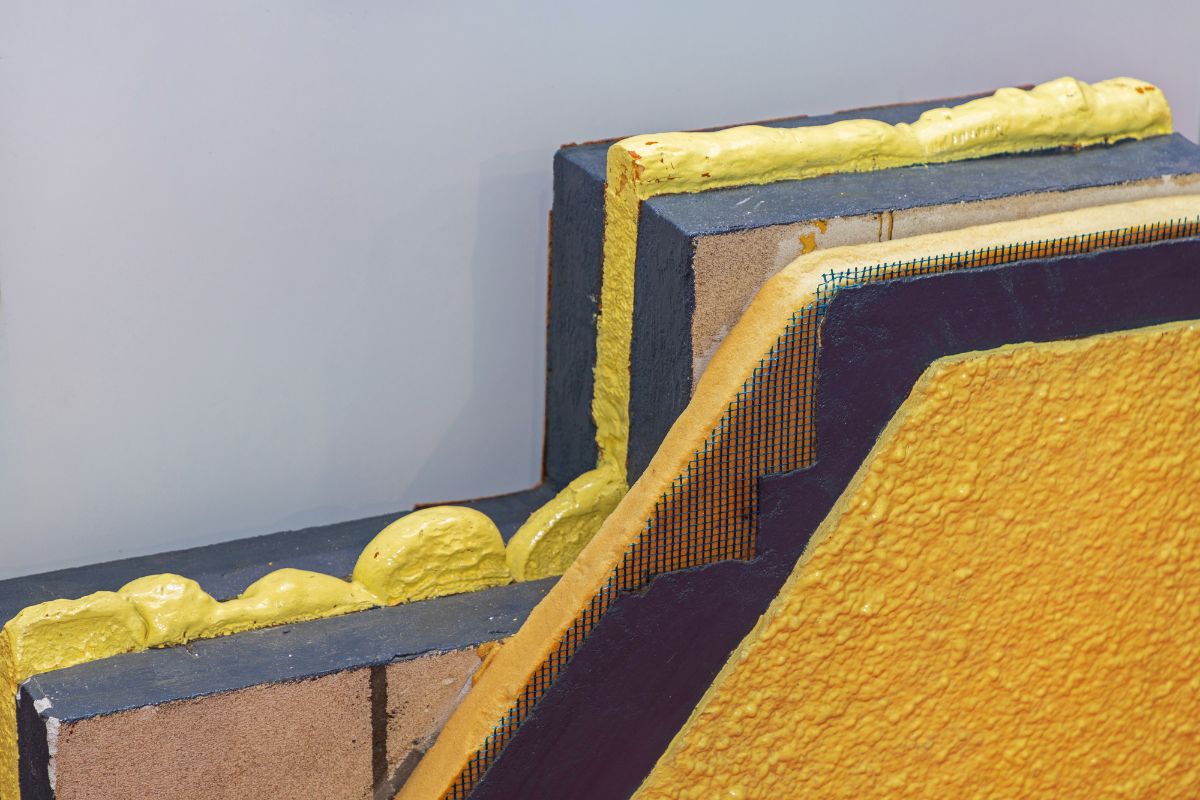Benefits of Insulating Internal Rendered Walls
When it comes to home insulation, most people think of external walls and ceilings. However, there are many benefits to insulating internal rendered walls as well. Internal wall insulation provides additional thermal comfort, improved acoustics and protection from moisture damage. It also helps reduce energy bills by reducing the amount of heat lost through walls and floors into other rooms. In this article, we discuss the various advantages of insulating your internal rendered walls in more detail.

Improved Thermal Comfort & Energy Efficiency
Internal wall insulation is a great way to improve the thermal comfort of your home while also making it easier to maintain comfortable temperatures throughout the year. By blocking out the cold air which can pass through uninsulated walls, insulation reduces energy loss and helps to keep your home warm in winter and cool in summer. This also helps reduce energy bills, as the need for heating or cooling systems is reduced.
Furthermore, wall insulation can help to improve air movement and ventilation within your property. It helps stop cold drafts from entering the room by blocking off any gaps around windows, doors or other openings. This continuous flow of fresh air results in higher indoor air quality and reduces the risk of mould or mildew forming inside your home.
Reduced Noise levels
Insulating internal walls has another benefit – it acts as a sound barrier that stops noise from travelling between rooms. By absorbing sound waves, insulation prevents loud sounds from passing through walls or floors and reduces the amount of sound reverberation in the home. This makes it easier to have conversations or watch television without disturbing other members of your family.
In addition, wall insulation helps reduce external noise from traffic and neighbours that can enter through uninsulated walls. By reducing unwanted noise levels, it helps create a more peaceful and relaxed atmosphere inside your property.
Protection From Moisture Damage
Insulating internal walls also provides protection against moisture damage. By trapping damp air within the insulation layers, it prevents any potential water or condensation build-up which can cause structural problems like mould or rot in wooden frames. In addition, insulation acts as a barrier between cold outer surfaces and warm inner surfaces which helps prevent water droplets from forming on the walls.
It is also important to note that wall insulation can help improve fire safety. By preventing heat or flames from passing through, it reduces the risk of a deadly fire spreading quickly throughout your home.
Conclusion
Insulating internal rendered walls offers a range of benefits including improved thermal comfort, reduced energy bills, improved acoustics and protection from moisture damage. It also helps promote better air movement and ventilation within your property while also reducing external noise levels from traffic and neighbours.
Finally, wall insulation can help improve fire safety by preventing heat or flames from passing through uninsulated surfaces. With all these advantages in mind, it is easy to see why insulating internal rendered walls is such an important step in creating a comfortable and safe living environment.
Whether you are looking to reduce energy bills or create a more peaceful atmosphere inside your home, insulating internal rendered walls is definitely worth considering. With the help of experienced professionals, it can be an easy and cost-effective way to make your house warm, welcoming and secure.
Related Articles
Advantages of Using Different Types of Insulation When Rendering a Wall
